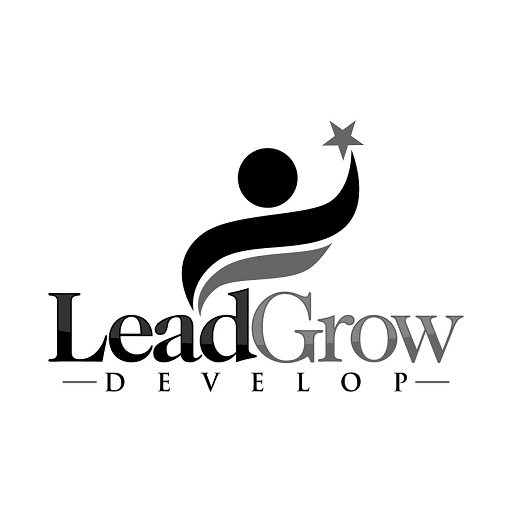Photo from Pexels
Every entrepreneur and business owner dreams of expanding their firm. It’s about more than just raising money; it’s about broadening market share, strengthening brand reputation, and maintaining long-term viability as well. Growing calls for strategic planning, flexibility, and thorough awareness of consumer trends. Business executives have to be always assessing their strategy and ready to make the required changes to reach their long-term goals.
Understanding Market Trends and Consumer Behavior
Understanding market trends and consumer behavior is crucial for business growth. Businesses run the danger of basing choices on antiquated data without a clear awareness of these elements, resulting in financial losses. By revealing the direction an industry is headed, market trends help companies to foresee changes and get ready. Analysis of consumer behavior clarifies consumer needs, product interaction, and factors influencing purchase decisions. Gathering insightful information mostly depends on data analytics, customer comments, and competitive analysis. Companies have to modify their plans depending on shifting customer tastes if they are to remain relevant in the market.
Developing a Strong Business Strategy
A well-structured business plan is vital for long-term growth and success. Businesses could find it difficult to make wise judgments and distribute resources effectively without a clear road map. A good plan outlines both long-term goals and short-term objectives, as well as the actions needed to reach them. Business plans should be adaptable enough to fit changes in the market and unanticipated difficulties. Establishing reasonable aims and key performance indicators helps businesses to evaluate development properly. Strategic planning also entails risk assessment to guarantee that possible roadblocks are found and taken care of ahead of time. Business executives should constantly assess their plans and make the required changes to be in line with consumer expectations.
Leveraging Technology for Business Expansion
In today’s digital age, technology has evolved into an essential component of business growth. Businesses that welcome technology changes are more suited to scale their activities and improve effectiveness. Companies now run thanks to data analytics, artificial intelligence, and automation. These instruments assist in cost control, process simplification, and a general increase of production. Customer relationship management solutions, e-commerce platforms, and digital marketing help companies establish close bonds with their audience and expand their reach. Modern technology investments let companies react fast to evolving consumer expectations and market situations.
Expanding Market Reach and Customer Base
Entering new markets is an important strategy for corporate success. Businesses that concentrate on appealing to a larger audience raise their chances of more income and market domination. Geographic development, product diversity, or focusing on new client categories will help one expand its market. By means of market research, companies can spot profitable prospects and evaluate demand in many areas. Establishing alliances with local companies, distributors, or resellers can help to guarantee seamless market introduction. Without large infrastructure expenditures, digital platforms and online markets let companies access worldwide consumers. Customizing marketing plans and products depending on local tastes improves consumer involvement and acceptability. Increasing clientele calls for good lead generation, client retention techniques, and first-rate service offerings.
Enhancing Operational Efficiency
Operational efficiency is critical for corporate growth and long-term success. Companies that optimize their processes save money, boost productivity, and improve customer satisfaction. Streamlining workflows, strengthening supply chain management, and removing inefficiencies all help to ensure overall operational success. To increase efficiency, businesses should prioritize personnel training, standardization of procedures, and the use of technology. You can use manufacturing product lifecycle management solutions from a reputable supplier, which can boost efficiency by ensuring that manufacturing processes are well-organized and streamlined. Companies that prioritize efficiency can handle growing demand while improving profitability and maintaining a strong market position.
Leadership and Team Development
Driving corporate growth depends on capable personnel and strong leadership. Inspired, motivated, and guiding business leaders for their staff to create a positive workplace that promotes creativity and output. Funding staff development initiatives improves retention rates, raises morale, and sharpens competencies. Making wise decisions, handling disputes, and clearly defining expectations for staff members constitute components of good leadership. The capacity of a company to assemble a competent staff with the same vision and goals will determine its success. Encouragement of a culture of lifelong learning and professional development helps staff members to remain motivated and involved.
Conclusion
Business expansion is a multidimensional process that necessitates strategic planning, flexibility, and constant development. Key elements driving development are knowledge of industry trends, application of technology, and financial management optimization. Strong brand identification, operational effectiveness, and leadership development help a business even more to survive in cutthroat markets. Long-term sustainability results from increasing market penetration, cultivating consumer loyalty, and funding innovation. Companies that welcome change, keep ahead of industry trends, and base their decisions on data are more likely to be successful in the long run.


